Construction tiles play a crucial role in enhancing the visual appeal of any structure, adding a touch of elegance and sophistication to the overall design.
Beyond aesthetics, tiles also provide practical advantages, including resistance to moisture, durability, and simplicity of maintenance, making them suitable for use in outdoor and indoor environments.
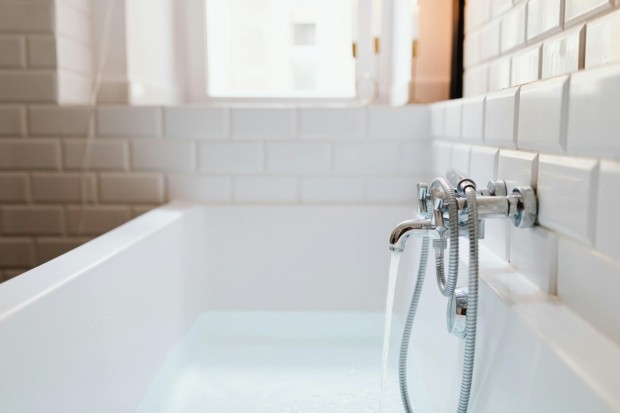
(Photo : Pexels/Karolina Grabowska )
1. Ceramic Tile
Due to its versatility in different settings, ceramic tile is a prevalent variety discovered in residential settings. This material is an excellent choice for every room in the house, including kitchens, bathrooms, and even entryways.
Installation and cleaning are simple, and it is available in hundreds of different styles that may be adapted to any design. Ceramic is an excellent choice for those trying to refurbish their home on a budget because it offers a beautiful pricing point.
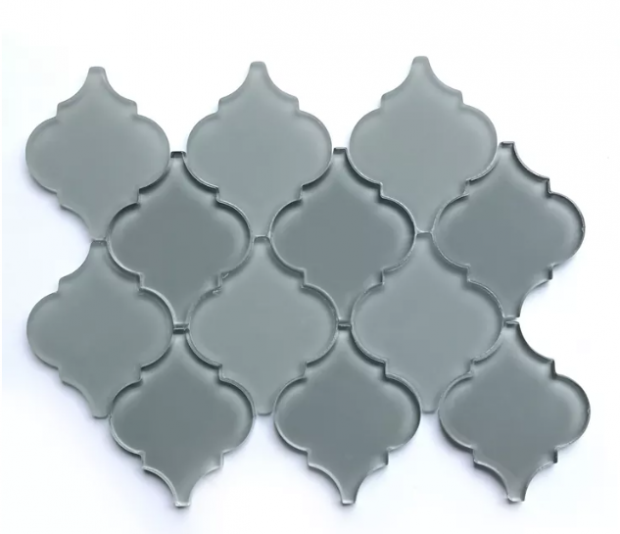
(Photo : Real Simple/LOWES.COM)
2. Glass Tile
Glass tiles can create a clean and straightforward appearance in any project. Since glass is resistant to stains, it is an excellent alternative to natural stone. You can easily remove stains from red wine and other acidic foods like lemon and vinegar without leaving any permanent marks on the surface.
However, glass tiles are prone to chipping along the edges, making them unsuitable for high-traffic areas like kitchen and bathroom floors. This material is better suited for smaller applications with less traction, such as fireplace surrounds, backsplashes, or occasional use on tabletops and desks.
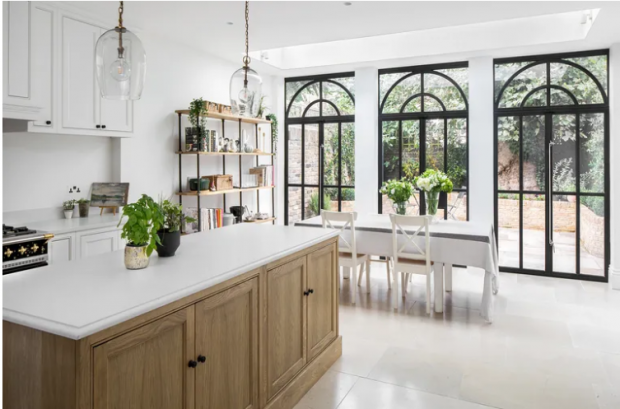
(Photo : Artisans Of Devizes/EMR Architecture )
3. Limestone
Limestone, one of the most popular options for stone flooring, is available in a wide range of colors, cuts, and treatments. It can be used both inside and outside, so it is an excellent choice for use in open-concept areas and gateways.
While limestone is not as absorbent as other types of stone, such as sandstone, it is still necessary to use a strong sealer and perform routine maintenance on it to prevent premature staining and scratches that typically come in lighter, honey-colored tones.
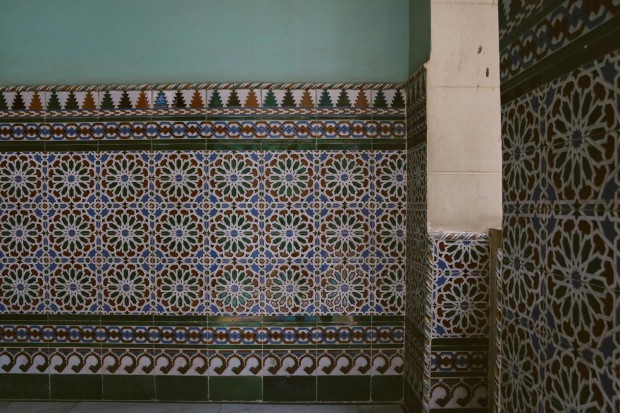
(Photo : Pexels/Andreea Ch )
Also Read: European Construction Productivity Heats Up Amid Warmer Winter
4. MosaicTile
A sheet of tiles holds these small pieces of tile together. Manufacturers use several different kinds of materials, such as porcelain, glass, pebbles, metal, and others, to create these sorts of tile flooring. The distinctive appearance of mosaic tiles, combined with their smaller surface area, makes them an excellent choice for flooring projects in the kitchen and bathroom.

(Photo : Pixabay/Wolfgang Eckert )
5. Porcelain Tile
Porcelain is another popular option among the many types of ceramic tile flooring. The clay is baked at greater temperatures accompanied by an increased proportion of quartz and silica, which the manufacturers add.
Moreover, to get the characteristic look that porcelain tiles are famous for, they glaze, etch, and texturize the tiles. Nevertheless, because of the way they are prepared, porcelain tiles last longer than ceramic tiles.
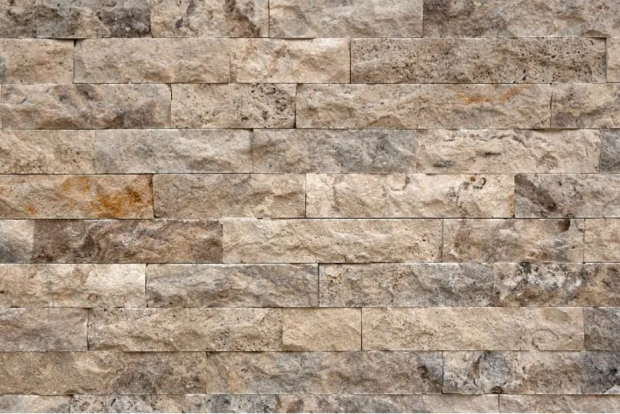
(Photo : Floor Tile George/Natural Stone Floor Tile)
6. Natural Stone Floor Tile
From a purely technical standpoint, granite and marble are both regarded to be natural stones. However because they are in a class all by themselves, it allows us to broaden the range of natural stone floor tiles that we provide to include travertine, limestone, and sandstone, amongst others.
Due to the naturally rougher texture of these slabs, they are ideal for use as flooring in walkways, entryways, and garages. In addition, they are simple to maintain, even though they are expensive to install.

(Photo : Tile George/Metal Floor Tile )
7. Metal Floor Tile
Copper, steel, or tin are typically used to produce metal floor tiles. They are commonly included in contemporary homes to achieve sleek and uncluttered residences. In addition, semi-container dwellings frequently use them as wall and flooring tiles. Thus, their lack of insulation is the only drawback that could make temperature regulation difficult.
Related Article: 5 Stunning Buildings Embracing the Beauty of Glass Brick Design







